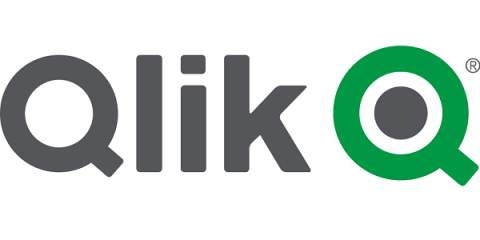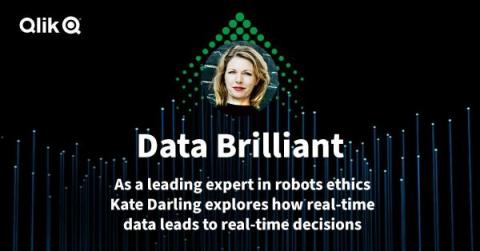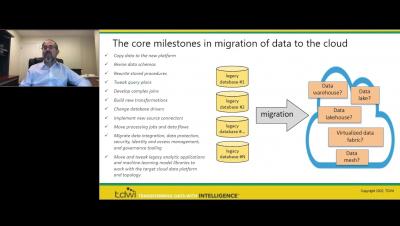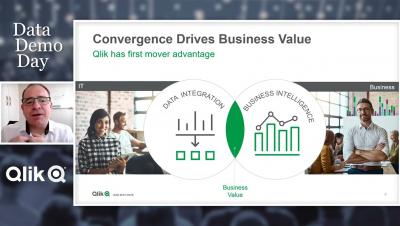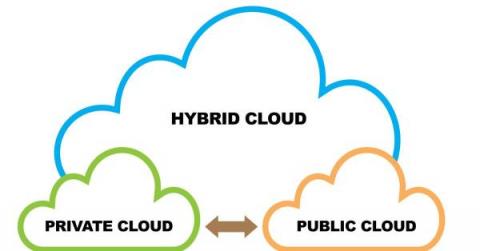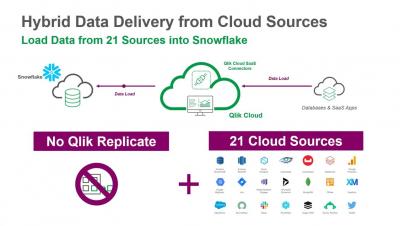Three Ways Active Intelligence Can Support the CFO
Finance has been at the forefront of enterprise analytics for decades. Over the years, these analytics have evolved from reactive, descriptive analytics related to financial performance, treasury holdings, and inventory management to predictive and prescriptive analytics for risk, credit, and financial business modeling.


